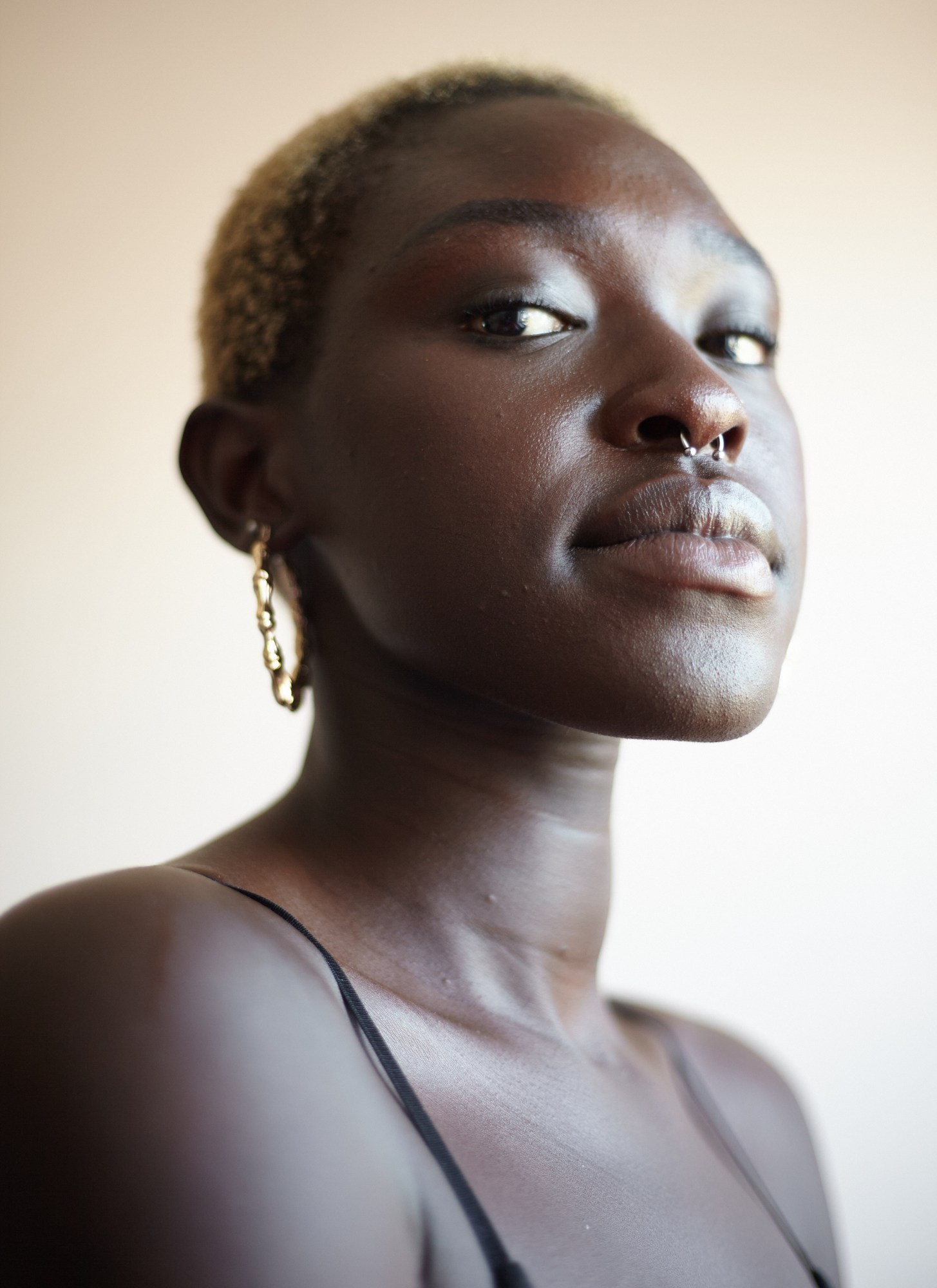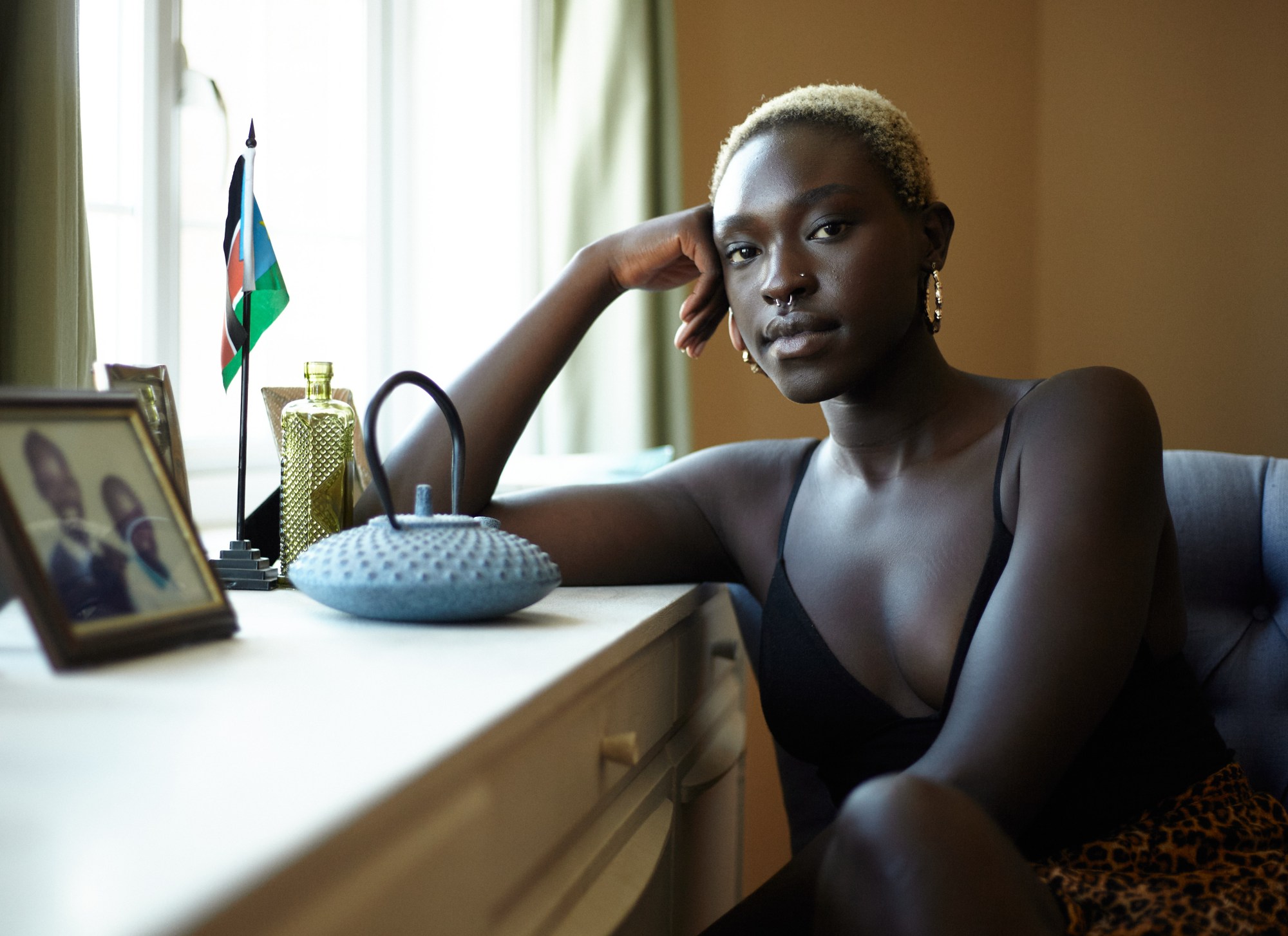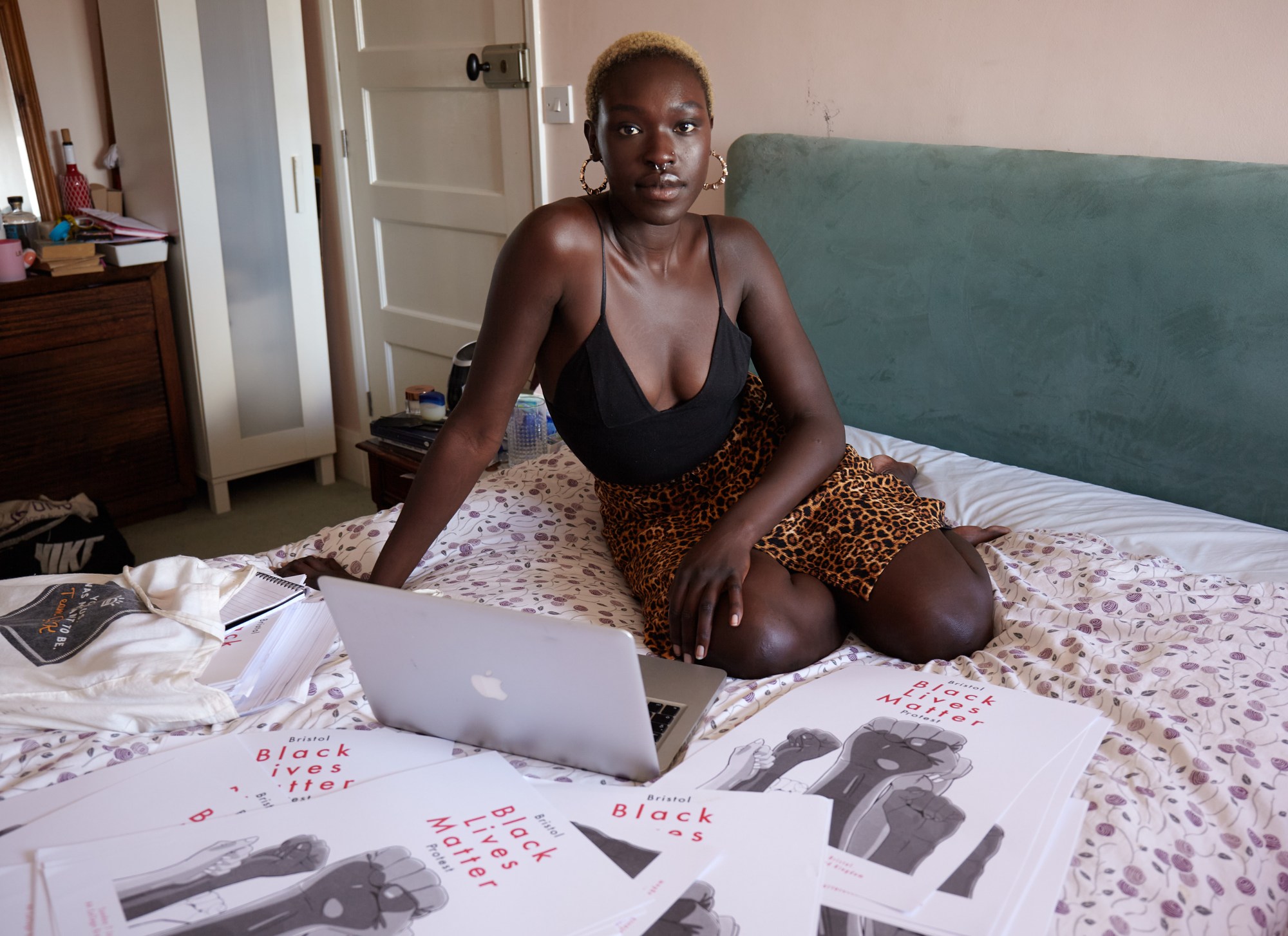Emmanuel Onapa is an activist, youth leader for Hackney CVS and Researcher & Campaigns Manager for Hackney Account.
You may not know Liza Bilal by name, but you’ll certainly know the demonstration she helped organise. Back in June, the 21-year-old student mobilised thousands of protestors to march through the streets of her hometown of Bristol in response to the killing of George Floyd by police officers in Minneapolis. The protest culminated at Bristol Harbour, where a toppled statue of Edward Colston was dumped into the water. This direct action was at the vanguard of an international movement within a movement which saw statues of slave traders, Confederate leaders and other historical racists removed from their plinths across the world.
Liza’s dedication to the Black Lives Matter cause is driven by her own experiences of racism. Born in South Sudan, she moved to Bristol at six months old. The immigration process in Britain reminded her and her family at every step that they didn’t belong. “It was long, draining and expensive,” she says. “An inhumane experience.” After just over a decade of trials and tribulations, Liza finally got her citizenship at age 11. But the discrimination she experienced still left her feeling subjugated and disconnected from her white counterparts. “During school, I faced constant vicious bullying for being a dark-skinned Black woman,” she says.
Liza’s traumatic experience when she was young instilled in her a deep determination to change things, particularly for Black women. “These experiences are the things that radicalised me,” Liza says. “As much as I hate to say it, this stereotype that Black women are really strong results in Black women receiving less grace and compassion than other women. However, this has shaped my character in being an independent woman: every single time I have a goal or something to do I am extremely aware that institutions are setting me up to fail.”

At school, it wasn’t simply bullying, but also ingrained biases in the education system that taught her about the racism of Britain. “I could see the way that Black students were treated differently,” she says. “So many Black students were being excluded or put into isolation, even if those children had learning difficulties that were undiagnosed.”
All this prepared her for the breaking point triggered by the death of George Floyd: “As Black people when we hear about interactions with the state, before watching the video, we already know what’s about to unfold.” She strongly believes that, when it comes to state violence and police brutality in this country, Black British people collectively share the same grievances as African Americans. “The policing style in both the UK and the US is about violence on Black communities,” she says. “I think about a gang when I think about the Met police. In the UK violence from the state is perpetuated in a different way, such as Section 60 — AKA stop and search — as well as the use of tasers and handcuffs,” but it’s still there.
It’s because of this Liza had the determination to mobilise her hometown in support of a global movement, but it hasn’t been easy. “It’s been emotionally and mentally trying, talking about racism all day every day, fighting racism all day every day,” she says. “Plus having people look to you as a spokesperson and a leader can be challenging.” But the workload wasn’t just Liza’s to bear: without the continuous persistence, commitment and diligence of her peers, the protests wouldn’t have been possible. “It took a lot of resilience and community effort, but we got a lot of community support — through funding, supplies and volunteers,” she explains. “The most important thing is community engagement.”

When asked how she felt about some of the protestors pulling down the Colston statue, Liza responds with glee: “I was exhilarated because the people in Bristol have been petitioning for the statue to be removed for decades. It inspired my team and I as we were able to know how far people would go to eradicate racism from modern-day society.” It’s also made Liza feel that she is contributing to history. “What encouraged us the most is that we knew that protests were the right thing to do,” she says. “We knew this because everyone was protesting across the world against state violence. That feeling of solidarity gave us purpose and persistence.”
Those that wish to follow in her footsteps have to sacrifice time and energy, and they must be deeply bound to their values. As Liza puts it: “Make sure that you’re prepared for the exhaustion and to have patience and resilience. If you know deep down that what you’re doing is right, don’t give up just because people are against you.”
Liza Bilal is one of many inspirational young activists leading change for Black lives. As awareness of the Black Lives Matter movement grows and grows — and radical grassroots policies such as defunding the police become more mainstream — citizens will need young Black leaders like her to keep advocating for their struggle.
But we cannot passively admire Liza. Through protesting, organising and activism, we must stand side by side with her in the fight for a Britain, and a world, in which Black lives really do matter.
Credits
Photography Rosie Foster
